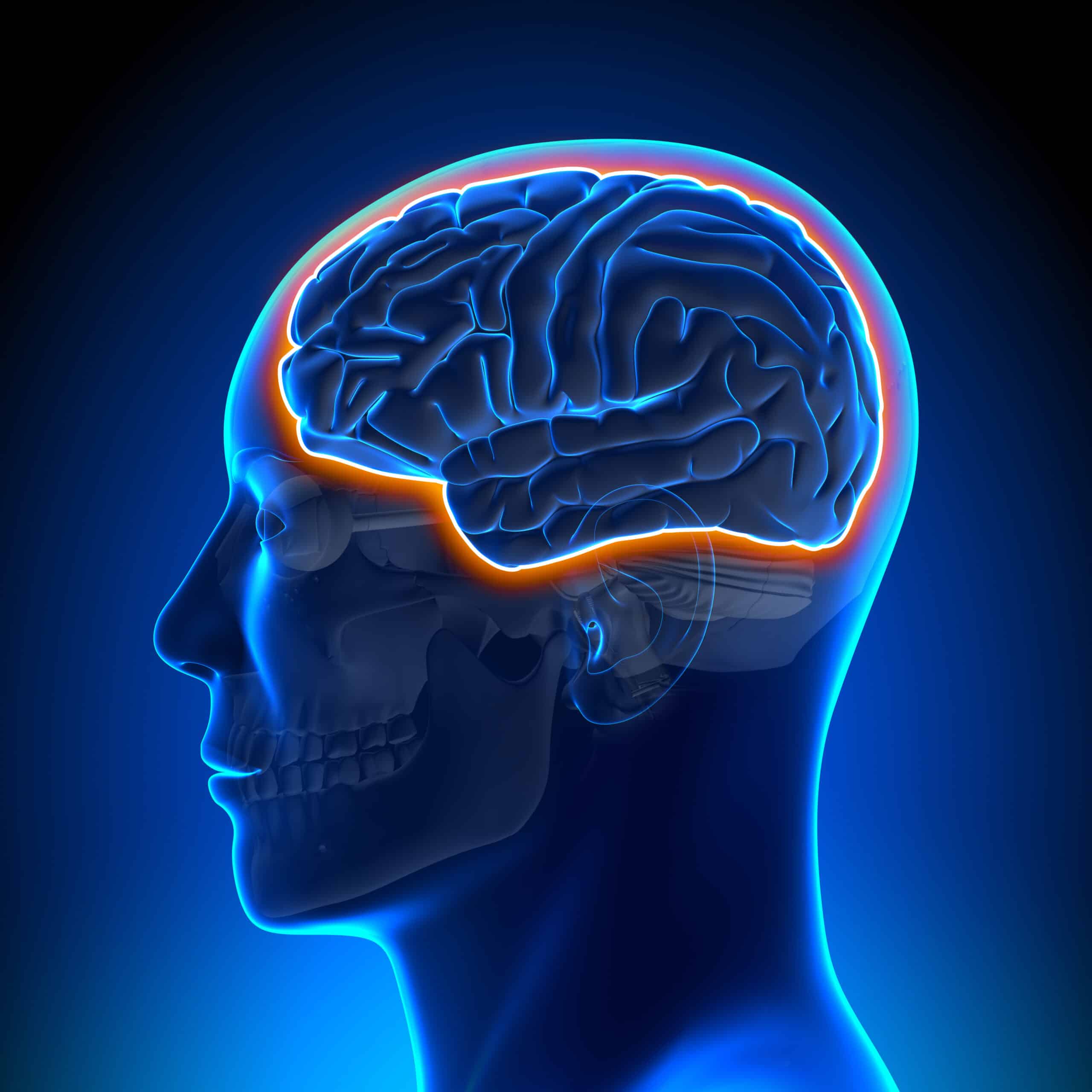“We tend to think about the aged brain in the same way we think about neurodegeneration: Age involves loss of function and dead cells. But our new data tell a different story about why the aged brain is not functioning well: It is because of this “fog” of inflammatory load,” said Daniela Kaufer, a UC Berkeley professor of integrative biology and a senior author, along with Alon Friedman of Ben-Gurion University of the Negev in Israel and Dalhousie University in Canada. “But when you remove that inflammatory fog, within days the aged brain acts like a young brain. It is a really, really optimistic finding, in terms of the capacity for plasticity that exists in the brain. We can reverse brain aging.”
Results support that with age the filtration system that prevents molecules and infectious organisms in the blood system from leaking into the brain becomes leaky to let in chemicals which cause inflammation and cell death; according to MRI studies after reaching the age of 70 close to 60% of adults will have leaky blood brain barriers, contributing to the confusion and dementia that often comes with aging.
The research team showed that the inflammatory fog induced by having a leaky blood brain barrier alters the mice brain’s normal rhythms leading to micro seizure like events and momentary lapses in normal rhythm within the hippocampus which may produce some of the symptoms seen in degenerative brain diseases; EEGs scans revealed similar brain wave disruptions in humans with epilepsy as well as those with cognitive dysfunction, including Alzheimer’s disease and mild cognitive impairment.
Taken together these papers propose two biomarkers: leaky blood brain barriers that are detectable by MRI and abnormal brain rhythms that are detectable by EEG which could be used to screen for those with blood brain barrier issues, and well as potential drugs to treat the problem. A leaky blood brain barrier has been suspected to be behind some of the tissue damage after brain injury and some of the age related mental decline, now there is evidence.
“We now have two biomarkers that tell you exactly where the blood-brain barrier is leaking, so you can select patients for treatment and make decisions about how long you give the drug,” said Kaufer, a member of UC Berkeley’s Helen Wills Neuroscience Institute. “You can follow them, and when the blood-brain barrier is healed, you no longer need the drug.”
Kaufer and Friedman tried to link these problems to albumin in the past, showing when it leaks into the brain after trauma it binds to the TGF-beta receptor in astrocyte brain cells which triggers a cascade of inflammatory responses that damage other brain cells as well as neural circuit leading to decreased inhibition and increased excitation of neurons and a tendency for seizures. Kaufer and Friedman demonstrated blocking the receptor in mice with losartan prevented the development of epilepsy after brain trauma.
In the recent study Kaufer and Friedman demonstrated that within a week of introducing albumin into the brains of younger mice made them appear similar to that of older mice in terms of being hyperexcitable and prone to seizures; albumin treated animals were also observed to navigate mazes as poorly as aged mice.
“When we infused albumin into the brains of young mice, we recapitulated aging of the brain: the gene expression, the inflammatory response, resilience to induced seizures and mortality after seizures, performance in a maze. And when we recorded their brain activity, we found these paroxysmal slow wave events,” Kaufer said. “And all were specific to the site we infused. So, doing this is sufficient to get an aged phenotype of this very young brain.”
Mice were genetically engineered so the team could knock out the TGF-β receptor in astrocytes once the animals reached old age, after which the senile animal brains looked youthful again; the animals were as resistant to induced seizures and learned mazes as well as a young mouse.
When the animals were given the small molecule drug that blocks the TGF-β receptor in astrocytes only that can traverse the blood brain barrier synthesized by medical chemist Barry Hart called IPW in doses that lowered the receptor activity level to more youthful levels, the brains of the aged mice were found to look younger as well. IPW treated mice brains displayed younger brain like gene expression, decreased inflammation, improved rhythms, decreased seizure susceptibility, as well as navigation of mazes and learning spatial task as well as a younger mouse.
Kaufer found evidence of albumin in aged brains and increase neuroinflammation and TGF-β production with age when analyzing human brain tissue, and a special type of MRI imaging was developed by Friedman called dynamic contrast imaging to detect leakage in the blood brain barrier, which was used to find more leakage in those with greater levels of cognitive dysfunction.
According to Kaufer when taken together all of the evidence indicates a dysfunction in the blood brain barrier as being one of the earliest triggers of neurological aging. Hart, Kaufer, and Friedman have formed a company working to develop a therapy to treat the blood brain barrier which can help to reduce brain inflammation and prevent permanent damage after stroke, concussion, and traumatic brain injury with the goal of eventually helping those with dementia or Alzheimer’s disease who demonstrate leakage.
“We got to this through this back door; we started with questions about plasticity having to do with the blood-brain barrier, traumatic brain injury and how epilepsy develops,” Kaufer said. “But after we’d learned a lot about the mechanisms, we started thinking that maybe in aging it is the same story. This is new biology, a completely new angle on why neurological function deteriorates as the brain ages.”




